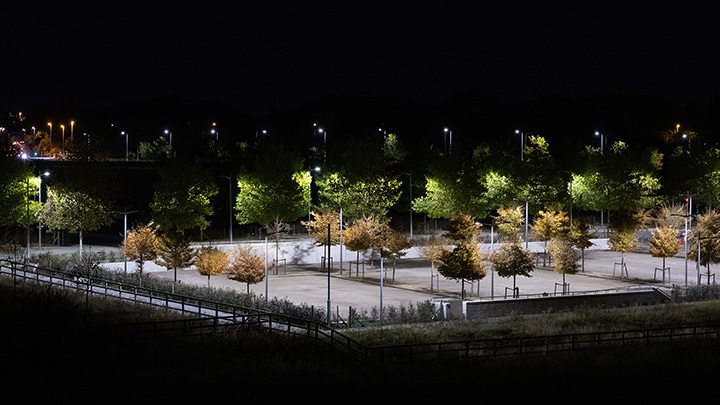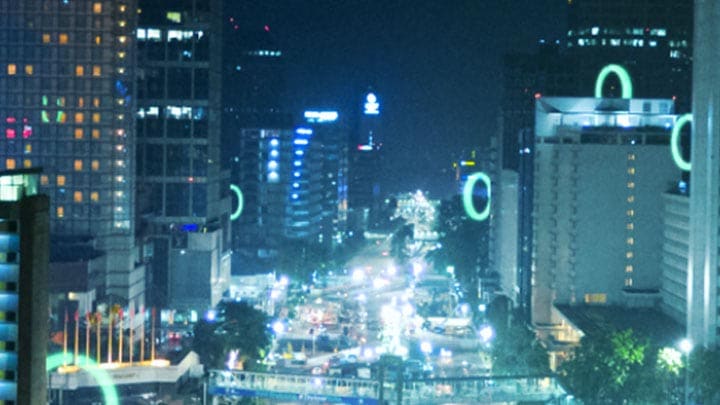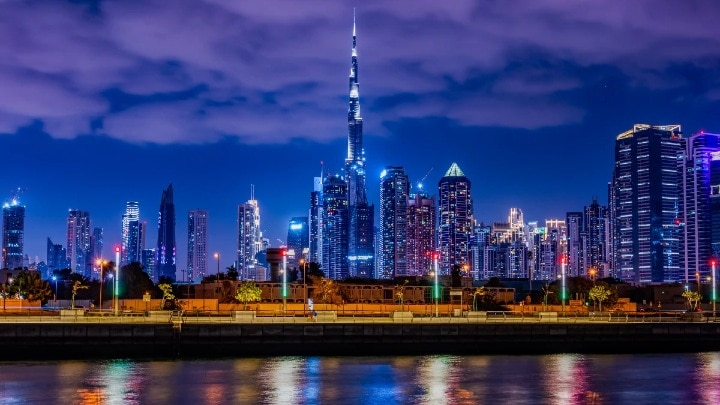June 29, 2023
Facilities Managers across the country are doing everything they can to provide schools and educational facilities that are safe and healthy for both students and staff. It is now well established that these measures are likely to include upgrading the lighting to LED lamps and luminaires. Whether the LED lighting upgrade takes place indoors or outdoors, there are opportunities to obtain extra benefits from introducing new technology (beyond simple energy saving).
LED lighting: When it is more than just illumination.
Facilities Managers across the country are doing everything they can to provide schools and educational facilities that are safe and healthy for both students and staff. It is now well established that these measures are likely to include upgrading the lighting to LED lamps and luminaires. Whether the LED lighting upgrade takes place indoors or outdoors, there are opportunities to obtain extra benefits from introducing new technology (beyond simple energy saving).
At Signify, our studies show that with a simple switch to LED lighting, the average university in the UK can save £1 million per year1 and with smart lighting, estate managers can go a step further. For example, through occupancy data, building managers can optimise space utilisation by up to 40% per square meter, per head2. Our lighting innovations have been tested and proven to improve students’ concentration, increase reading speed by 35% and decrease frequency of errors by 45%3.
Sounds interesting? Read on to learn more about the benefits you could be missing out on:
A ubiquitous advantage of LEDs — regardless of the application — is the energy efficiency compared to traditional lighting. Replacing existing lighting with LED offers the potential to reduce electricity consumption by 50% to 80%. This doesn’t just reduce spend on energy but also helps free up funds for other utilities or even reallocation to other programs for students.
Connected lighting - Increased control, reduced waste, more efficient maintenance
Connected lighting can go beyond illumination and help save money, improve space utilisation, and enhance student and staff learning environments within your university. Unlike traditional HID or fluorescent lighting, it’s much easier to add controls to LED lamps and fixtures. This allows for increased flexibility, e.g. when the brightness or colour of the lighting needs to be changed to better match student activity. Connectivity through the Internet of Things (IoT) technology allows for the control of lighting remotely, along with the ability to automate lighting to turn on and off based on occupancy. This control and management also reduce waste and improves efficiency of maintenance, which drives additional energy savings. This extra saving can be as much as 30% on top of the 40-50% saving gained by switching to LED technology.
At Eindhoven’s University of Technology, smart lighting has been used to drastically reduce the CO2 emissions of its main building, Atlas, by 80%, leading to a 60% saving in energy bills. According to BREEAM, it is now the most sustainable educational building in the world. In 2018, Signify’s Interact system was installed in the Hamdan Bin Mohammed Smart University in Dubai, which, through sensors embedded in luminaires, can monitor human presence to switch off lighting and air conditioning when students vacate the room. Furthermore, light points are controlled using smartphones and tablets and famously the university is the first to have zero light switches. Coded light transmitted by ceiling luminaires is also used for indoor navigation. Integrated with the university’s smartphone app, it helps students find available rooms or leads them to their classes – so no excuse for being late to a tutorial.
LED Lights in action at University of Cambridge West Campus
Recently, Signify teamed up with the University of Cambridge’s Estates Division to illuminate the University’s West Cambridge site with energy-efficient outdoor LED lighting. With more than 300 new and upgraded lights, the project is expected to generate significant annual cost savings on energy, which is now even more important against the backdrop of an ongoing energy crisis. In addition, the new LEDs require less maintenance and provide an improved night-time experience for the users of the site.
Each of the new luminaires is equipped with a unique QR code which can be read by the Signify Service Tag App. Site managers can scan the QR code to access documentation and luminaire data, configure the luminaire directly at the installation site, and access the latest spare part information, including any new generation updates. The Service Tag application also supports asset management data, allowing organisations to document information to better manage their lighting assets.

LED lighting installation in Cambridge University’s Estates Division West Cambridge site.
In conclusion
Young people place a high priority on studying at an institution which prioritises and invests in achieving net zero, thus it makes sense to normalise green and digital investments and allow students to be in carbon neutral learning environments from an early age.
Signify UK&I PR Manager
Nikita Mahajan
Tel: + 44 (0)7459751618
Email: nikita.mahajan@signify.com
Signify (Euronext: LIGHT) is the world leader in lighting for professionals, consumers and the Internet of Things. Our Philips products, Interact systems and data-enabled services, deliver business value and transform life in homes, buildings and public spaces. In 2023, we had sales of EUR 6.7 billion, approximately 32,000 employees and a presence in over 70 countries. We unlock the extraordinary potential of light for brighter lives and a better world. We have been in the Dow Jones Sustainability World Index since our IPO for seven consecutive years and have achieved the EcoVadis Platinum rating for four consecutive years, placing Signify in the top one percent of companies assessed. News from Signify can be found in the Newsroom, on X, LinkedIn and Instagram. Information for investors is located on the Investor Relations page.


December 17, 2024
Transforming Dubai’s iconic buildings with connected lighting from Signify